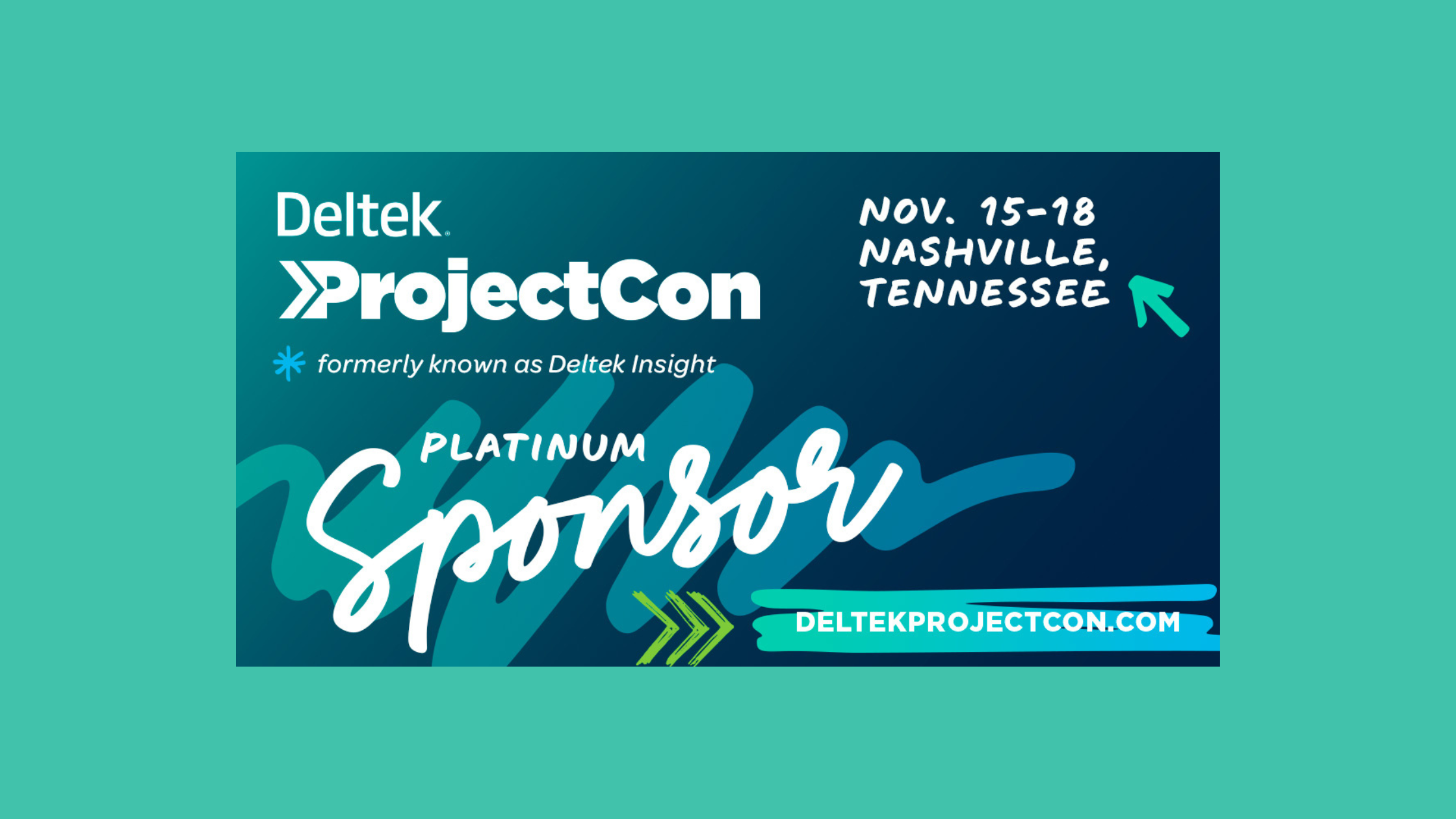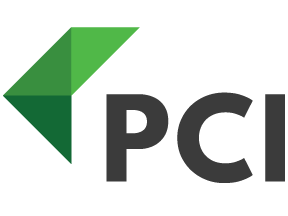
by Rebekah Weiner | Feb 2, 2024 | Deltek Costpoint, Government Contracting
There is, understandably, a lot of confusion surrounding firm-fixed-price (FFP) contracts and the expected interaction with the Defense Contract Audit Agency (DCAA). We regularly receive questions surrounding the DCAA’s cognizance over specific contracts and what that...

by Rebekah Weiner | Nov 27, 2023 | API, Deltek Costpoint
Discover the top recurring questions that our API team at PCI has encountered while working with hundreds of clients. Get the answers you need right here on API integrations with PCI. How long does it take to develop an integration? If it is a brand-new integration...

by Rebekah Weiner | Nov 3, 2023 | Deltek Costpoint, Government Contracting
Written by: Jamie Rosenkranz, PCI Lead Consultant For most people, change is a very difficult concept to grasp. Whether it’s change in schedule, change in diet, or change in business, these situations always prompt different challenges and emotions that must be...

by Rebekah Weiner | Mar 14, 2023 | API, Deltek Costpoint, Deltek WorkBook, Integration
Written by: Sandy Froonjian In my previous article, I provided a general overview of what the API team at PCI does. In this article, I’m going to get more technical and explain the details of how we work with our clients to accomplish that integration. To begin...

by Rebekah Weiner | Aug 24, 2022 | Deltek Costpoint, Deltek Marketing, Deltek WorkBook, Government Contracting, Value Added
Deltek ProjectCon, formerly known as Deltek Insight, is the destination for project-based business professionals to gather for inspiration, education and collaboration.This year’s Deltek ProjectCon will take place on November 15-18th at the Gaylord Opryland in...






